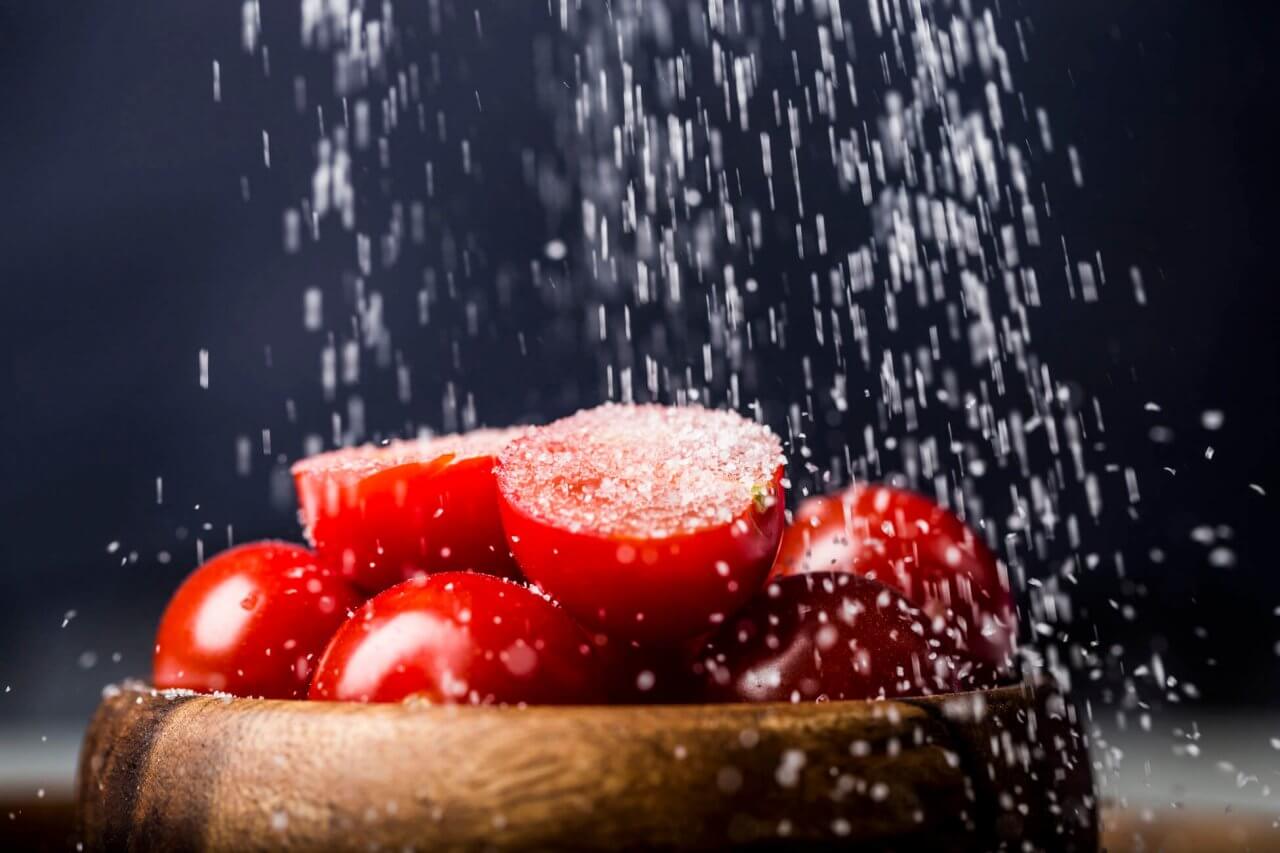We have written about the story of salt and its hundreds of varieties worldwide to satisfy those curious about this important ingredient.
Although harmful when consumed in large quantities, salt is essential for human life: It is the only mineral that humans consume as nourishment. It is an ingredient that enhances the flavour of food and even desserts. It is one of the five tastes along with bitter, sour, umami and sweet and, of course, it is also used extensively in areas other than food.
Salt has always played an important role in history – from legends and religions to migrations and wars. It has been used for centuries not only to add flavour but also to prevent food from going off. In the past, salt was a precious and rare ingredient. It was so precious that Roman soldiers were paid in salt instead of money. The word ‘salary’ in English is known to originate from the Latin word for ‘salt’. There are also several idioms in Turkish that demonstrate the value of salt such as ‘salty’ (used to say that something is expensive) and ‘someone whose salt is dry’ (used to refer to someone who is financially well-off).
The growing interest in the concept of “refinement”, which started in the 19th century, had a direct impact on the reputation of salt. Machine-made became more prestigious than handmade. Though it had once had geographical characteristics, salt suddenly became a uniform product.
However, this trend is starting to reverse. As we have started to show more of an interest in where our food comes from, there have been significant improvements in salt, just as was true of coffee and tea. All around the world, there are now books about salt and stores exclusively selling all different types of salt. There used to be two types of table salt we’ve all heard of: iodised and non-iodised.



